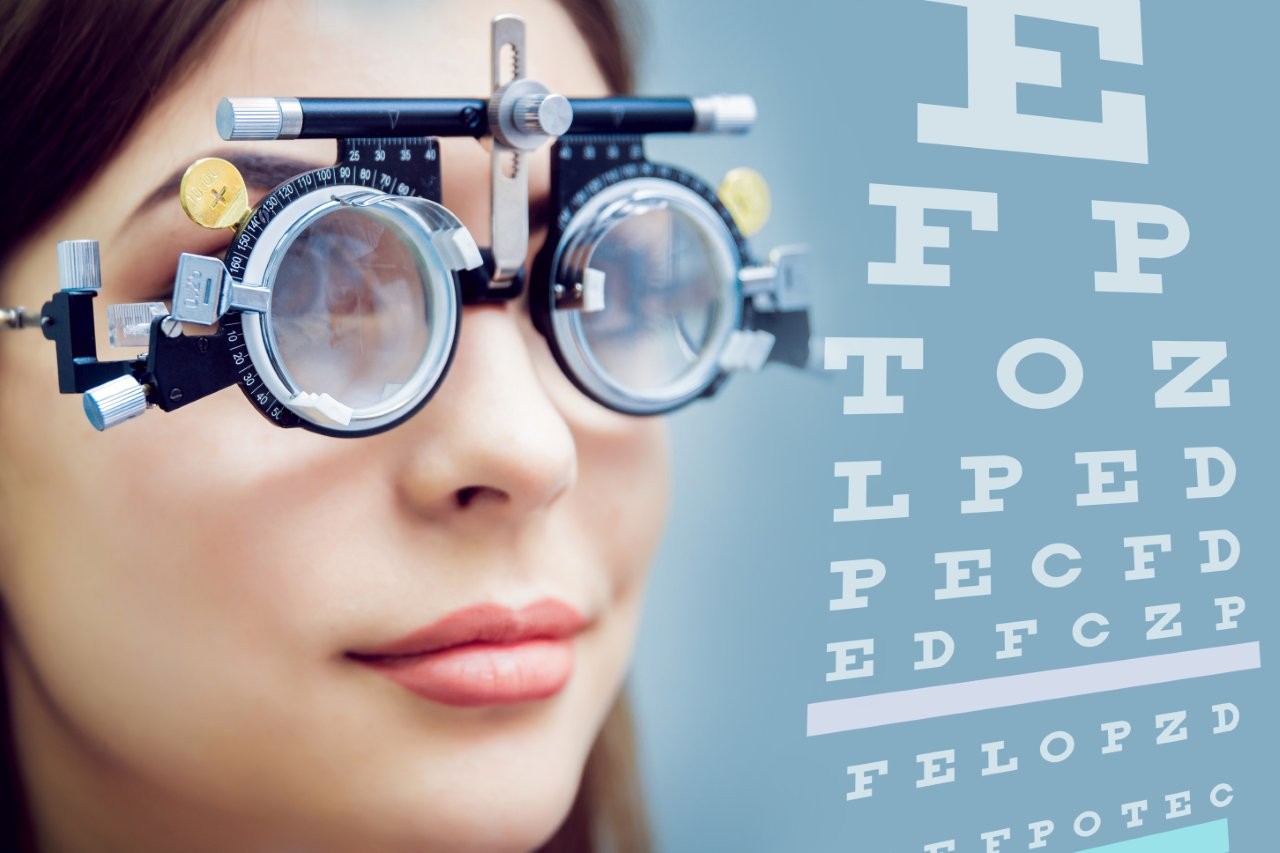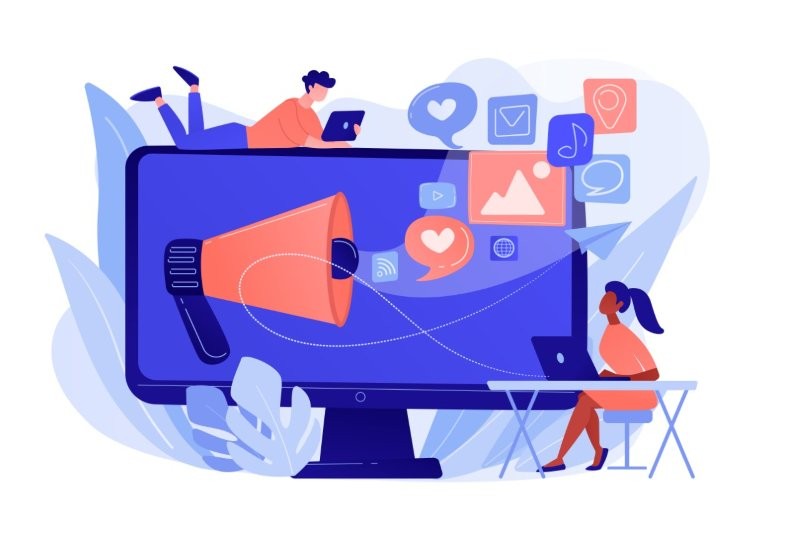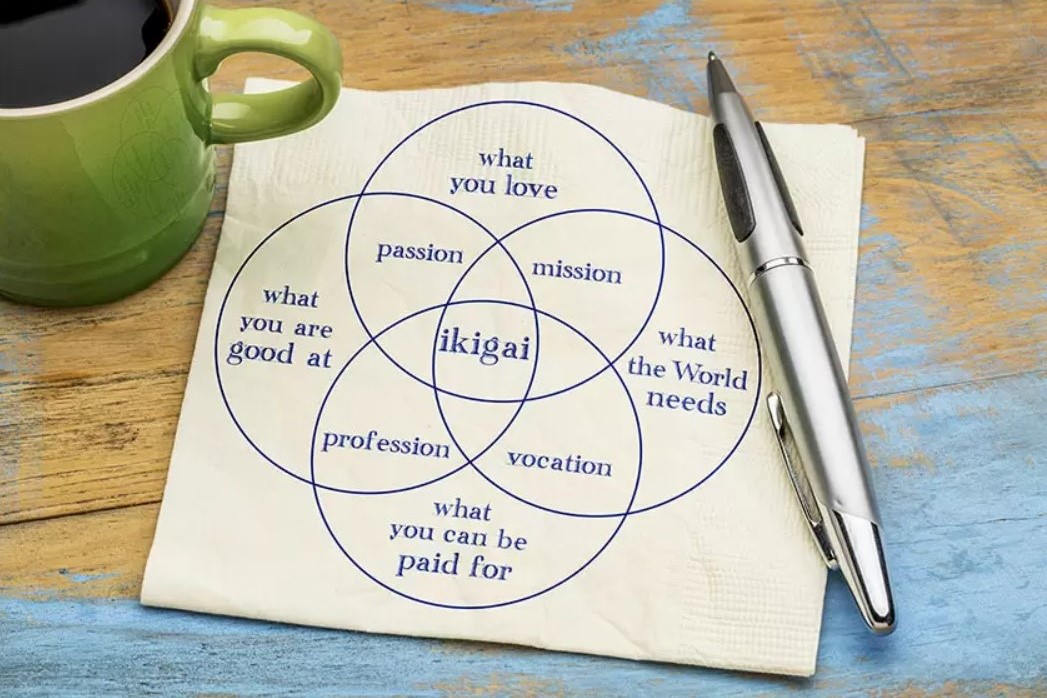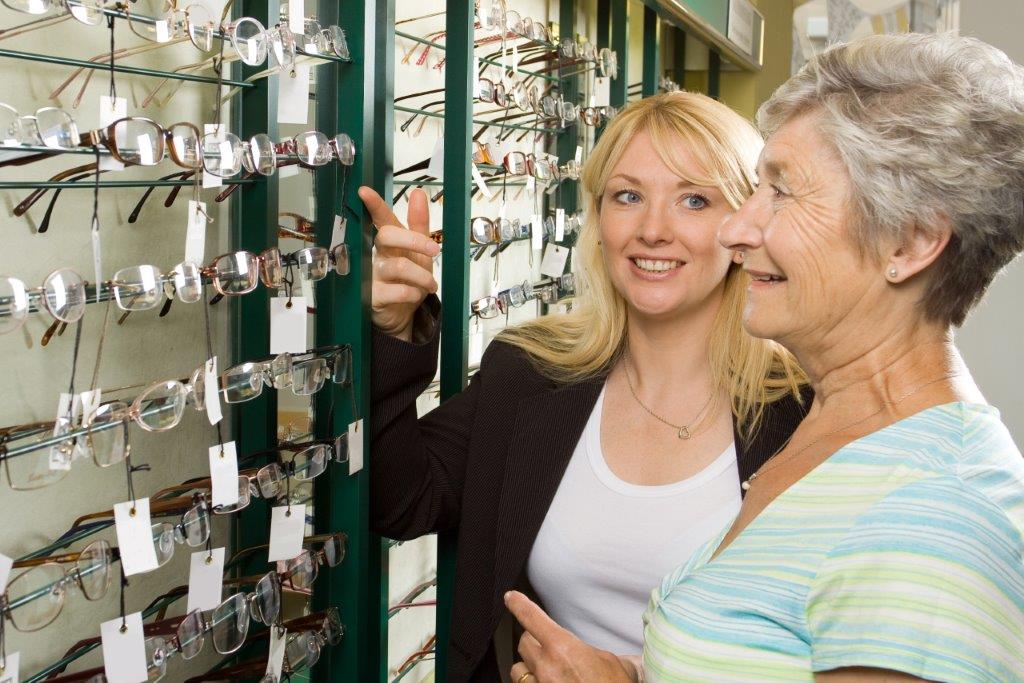Caveat venditor – seller beware!
In the modern world, where the sum of mankind’s knowledge is at our fingertips, our customers have never been better informed. I like to do my research before making any big purchase and I can find everything I need to know from the comfort of my home. Our customers do the same – turning up to their eye exam with a shield of information to protect them from being upsold. Step aside, caveat emptor; welcome, caveat venditor!
How do we help our customers lower that shield, so they leave the practice confident they have exactly the right solution for their needs and, dare I say it, having enjoyed the process so much that they become our advocates? The answer is trust!
How often have you walked into a party and met someone for the first time and instantly clicked with them? I’m certain the opposite has also happened – you can’t quite explain it, but you just take an instant dislike to someone. The reason for this is we each have a genie in our brains (otherwise known as the amygdala) and its job is to protect us from danger. In the first seven seconds of meeting someone, our genie is asking ‘Do I like you? Do you get me? Do you have my best interests at heart?’ If the answers are ‘yes’, we are more likely to like this person and be more comfortable sharing information with them. Selling is often considered ‘problem solving’, but to be successful in sales, problem solving isn’t enough – we need to be problem finders, and we can only be successful at that when our customers feel comfortable enough to share. This is the foundation for trust-based selling.
There are many ways to build that trust, but it starts with rapport, empathy and curiosity.
Matching and mirroring
Smile! If you take nothing else from this article, remember to smile! We are programmed to react positively to a smiling face. Smiling as your patient walks into the practice and as they walk out of the test room reassures their genie that we are not a threat!
Next, notice the customer’s pace, both in how they move and how they talk, and match them. When a patient moves and talks slowly, they will feel rushed and potentially overwhelmed if we talk quickly to them. A slow talker enjoys time to process and deliberate, to think through their decisions, so will generally feel uncomfortable if they think things are moving too quickly, which will break rapport and trust. The converse is true for fast thinkers.
Mirroring and empathy in action
Mirroring is more than just body language and pace. Linguistic mirroring is repeating what you have heard. Psychologist Richard Wiseman devised a study to test whether mirroring or positive reinforcement was more effective at creating connection with strangers. He had one group of waiters use positive reinforcement (‘great’, ‘sure’, ‘no problem’) when the customers were placing their orders; the second group simply repeated the customers’ orders. The tips for the waiters who mirrored the customers’ orders were 70% higher than the group using positive reinforcement. By repeating what we have heard, our customers feel understood (‘you get me’) and become more open to our recommendations.
That said, the way we mirror has a big impact on its success. One of the commonest ways to establish rapport is to lead with, ‘So what I’m hearing you say is…’ But the introduction of ‘I’ instantly makes the conversation about you, not the customer. So it’s better to start with ‘It sounds like…’ or ‘It seems like…’. For instance, to the customer who complains they can’t see the TV with their reading glasses on, we might say, ‘It sounds like you’re frustrated at having to take your glasses on and off all the time. It seems a pair of glasses that will let you see to read clearly, but which you don’t need to take off again to watch TV, would be a good solution.’ You and I both know this patient needs a multifocal lens, but if we go straight to the lens solution, the patient won’t feel we understand their situation. By mirroring, we demonstrate understanding and empathy with their needs. When we can describe the underlying emotion behind their needs, their genie switches off the alert response and we forge deeper trust.
Problem-finding with curiosity
The skill of problem-finding develops from a genuine curiosity to understand our patients’ needs and the benefits our products offer (not the features!). Working as an optical assistant is a rite of passage for every optometrist, one I enthusiastically embraced. Being a self-confessed geek and thoroughly enjoying learning about how photochromic, anti-reflection and mirror coatings work, I shared my knowledge with the unbridled enthusiasm of an untrained puppy. Yet my bonus for selling coated lenses was a big fat zero! However, a girl who worked in the same practice was very successful at upselling, so I decided to learn from her by surreptitiously cleaning demo lenses within earshot when she was selling. The conversations went something like this:
“Would you like to upgrade to an anti-reflection lens?”
“What does that do?”
“Oh, it makes you look better when you’re wearing your glasses.”
“OK.”
What!? No explanation about incident light waves and destructive interference? No whipping out the half-coated lens to show the green bloom? Thus I learned my first and possibly greatest lesson in sales – it’s all about the benefits! We often talk about the features of a product (what it does) and sometimes the advantages (how it’s different to other products; how it helps), but avoiding overly technical language and using the phrase ‘…which means that…’ links your explanation to the solution for their problem: eg. the anti-reflection coating stops light bouncing off the surface of the lens, which means you will look better when you are wearing your glasses. People often notice these reflections when they are looking at their image on Zoom, which is a great way to highlight the problem an anti-reflection coating solves.
When you can show the patient how they benefit, they trust you even more. My sales went up significantly when I started taking out one of the demo lenses when patients were trying on frames, explaining to them that this is what the glasses will look like with a standard lens compared to a coated lens. It still works today!
We can use this approach to introduce additional solutions. For instance, we know it is more difficult to read comfortably in bed when wearing multifocals and we know we can solve this issue with a pair of single-vision reading glasses, so the questioning around this might go: “How often do you read in bed before going to sleep? …How frustrating. So you find it hard to get comfy with the right head position to read with your multifocals?” These questions help us understand the patient’s reading habits and lets them tell us how annoying it is. When they identify the problem, we are then in a position to offer a solution that addresses their needs. “It sounds like you would enjoy reading in bed more if you had a pair of glasses that let you read in a more comfy position.”
When we take time to fully understand our patients’ needs and what’s really important to them, and mirror their concerns and needs in an empathetic manner, their genies decide we are trustworthy. Then we are in a stronger position to recommend the solutions we know they will benefit from, in a conversation grounded in integrity and trust.
As a (relatively) new presbyope who has given up reading in bed because multifocals really are a pain at times, I reflect on all the patients I tried to ‘sell’ a second pair of readers to without fully empathising with their situation and wonder if they too gave up on reading at night. I have now moved out of denial and my reading glasses are on their way!
Focus on Business is supported by The Independent Optometry Group (IOGroup).

Dr Emma Gillies completed her optometry degree and PhD at Glasgow Caledonian University, then moved to Sydney in 2005 as Luxottica’s professional optometry development manager, later joining Johnson & Johnson as professional affairs manager. She now runs a consultancy specialising in human dynamics, sales and leadership coaching and is director of professional services for Visioneering Technologies Australasia.


























